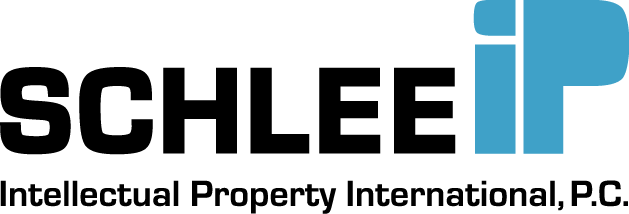Continuing patent application at the USPTO and the EPO
III. Continuing patent application options at the USPTO and the EPO
Download PDF
1. Overview procedure USPTO and EPO
2. Search and Examination
4. Appeal options
5. Acceleration
6. Quick reference guide
III-A. Continuing patent application at the USPTO
A wide variety of continuing patent application options exists at the USPTO, including Continuation Applications, Continuation–in–part Applications and Divisional Applications. As typical in many other jurisdictions, filing any of these continuing patent application needs to be done while a parent application is still pending. Since fees are moderate in the US and renewal fees become due only after the patent issues US Applicants typically make ample use of the option to file continuing patent applications. Apart from pursuing different scopes of protection or different subject matter from the original disclosure, one objective is also to keep options open by keeping at least one patent application in the chain pending. In many instances, filing continuation applications may be spared with by making the best use of requesting After Final Consideration or Continued Examination. Specifically since the costs for filing continuation applications are moderate and the first renewal fees only becomes due 3 ½ years after the Continuation Application has issued as a patent and specifically since no accrued renewal fees need to be paid for a Divisional Application, it is often recommendable to file a Continuation Applications shortly before the parent application is scheduled to issue as a patent, just to keep an application pending and therefore have the flexibility of pursuing different claims than allowed in the parent application. Specifically non-US Applicants coming from systems that are less liberal as to filing continuing patent applications tend to underuse this valuable option.
III-B. Continuing patent application at the EPO
The only continuing patent application option offered by the EPO is filing one or more Divisional Applications as provided by under Article 76 EPC. Although such Divisional Applications may be filed at any time during the pendency of a parent application, the same fees already paid for the parent application including accrued renewal fees are due for filing a Divisional Application. Since a Divisional Application is just a type of an EP direct application claiming the benefit of the filing date and priority date of the parent application, examination fees only need to be paid after the search has been conducted. Further, if the claims of the Divisional Application are to some extent similar to the parent application, the EPO may pay a partial or a full refund of the search fee. The claims of a Divisional Application need to distinguish from the claims of the parent application to some extent for avoiding double patenting but the required level of difference is relatively low, that is the EPO takes to that extent a relatively lenient approach on admissibility of Divisional Applications. Specifically when filing Divisional Applications based on older parent applications, as to the costs the biggest factor may be the accrued renewal fees counting from the end of the second year from filing the parent application. This payment cannot be deferred but needs to be made with filing the Divisional Application.

 English
English Deutsch
Deutsch